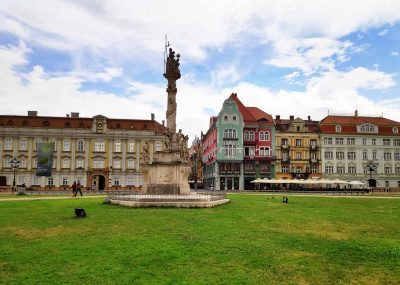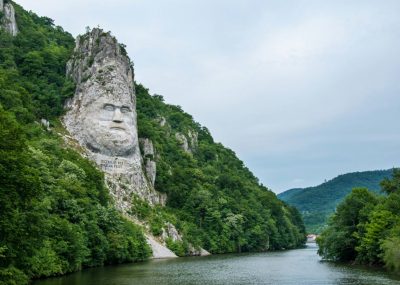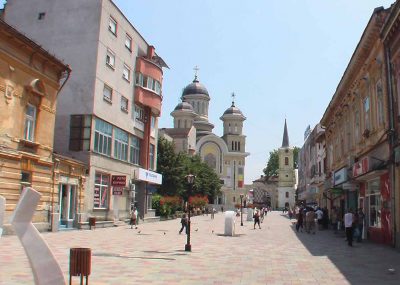The uniqueness of this area stands in its natural beauties, landscapes, and various places rich in stories and history. Banat is a multicultural region, in which various ethnic communities coexist, the predominant one being the Serb.
Banat is located in the western part of the country, meeting Crisana in the North, Serbia in the West and South, and Hundeoara and Oltenia to the East. The cultural, ethnic and linguistic diversity create the charm of the area. The harmony in which Romanians, Serbs, Hungarians, Germans, Roma, Ukrainians, Slovaks, and other few minorities live – makes Banat a welcoming, warm and special place.
The land configuration of Banat is diverse and it gradually varies, starting from East, to the West, between plains, hills and mountains. Here you can see majestic mountains that are part of the Western Carpathians, as well as a more narrow area of the Southern Carpathians. The hills and the Western Plain are the most predominant terrain areas.
Timisoara is the residence of Timis County and brings together touristic attractions comprising of Baroque-style buildings, cultural and historical venues. The city is well-known thanks to the “Park of Roses”, where countless varieties of roses are to be found, with a special yearly day dedicated to them. Some of the main touristic attractions are the City Centre, with its palaces and Baroque-style buildings, the Old Town, the Maria Theresia Bastion, the Banat Village Museum, and the Rose Park.

Resita is a city known as the oldest national steel centre in Romania. Its touristic potential is significant, with main attractions, such as: the Museum of steam locomotives, the Museum of the Mountains of Banat, the Cultural Palace, the Kinetic Fountain, and the Park of the Tricolour Flag.

Orsova is a port-city on the river Danube, and among the most visited touristic attractions in the area, are: the Danube Boilers, the Statue of Decebal, the Central Park of Orsova.

Caransebes is another place full of history and impressive monuments: the St. George Church, the County Museum of Ethnography the Caransebes Border Regiment and the Teius Monastery.
This is the place where you can start an unforgettable mountain trip, in the Semenic, Poiana Ruscă, or Godeanu mountains.
